PH 2022, D: Lav Diaz, A: John Lloyd Cruz, Shaina Magdayao, Hazel Orencio, 412’, original with english subtitles, DCP

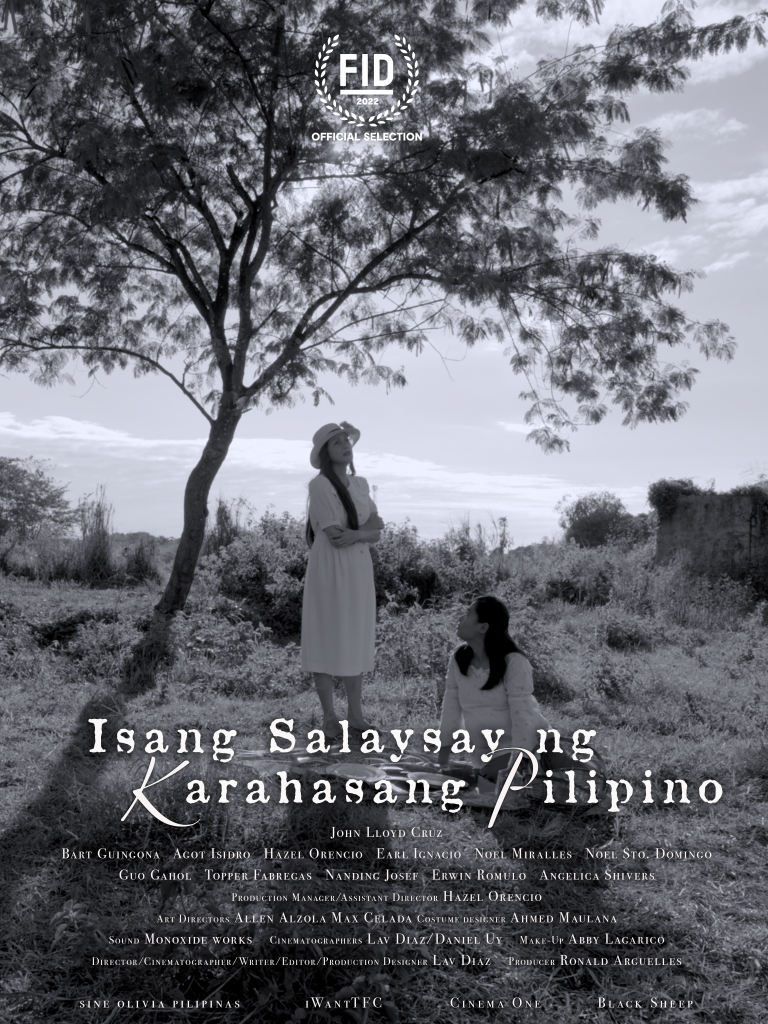

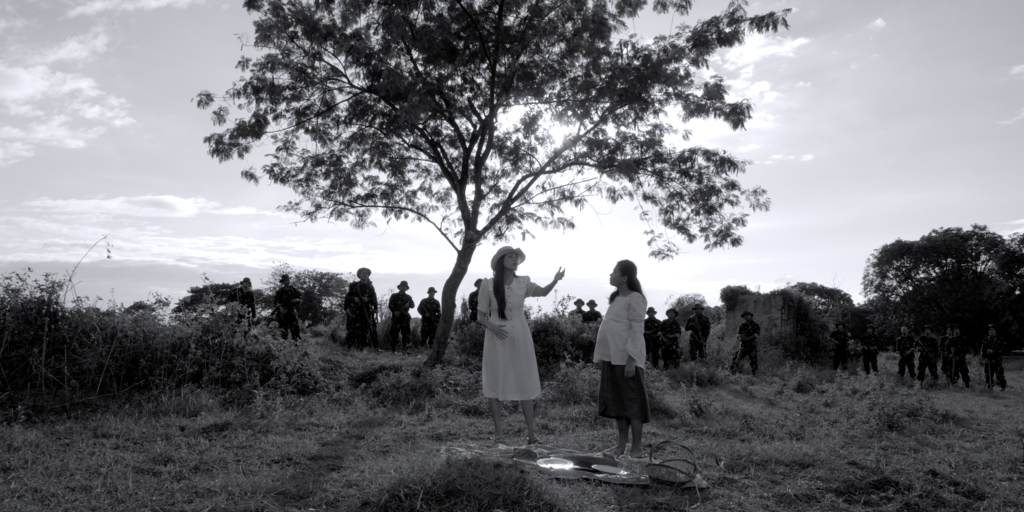

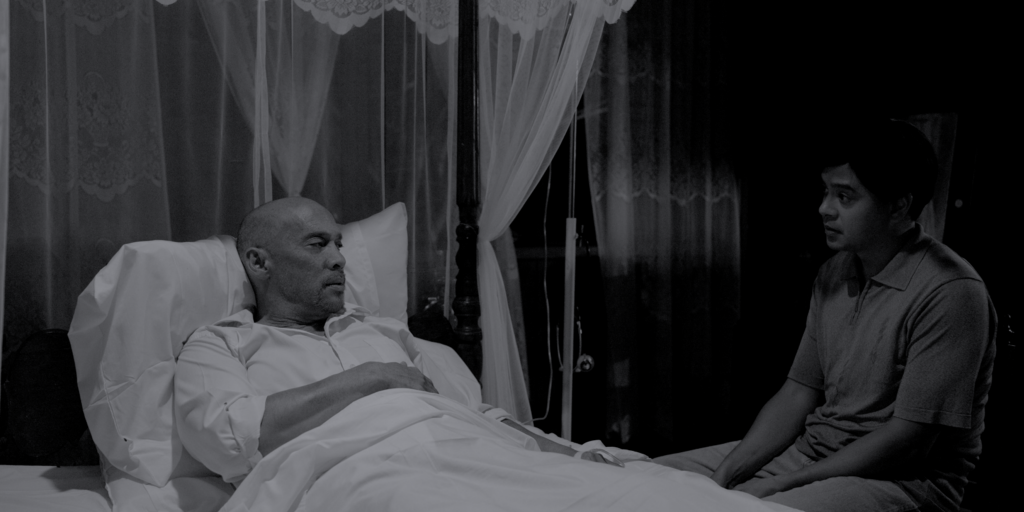


“[T]hey always label my works as long film, slow cinema or, even, comatose cinema, then, why not a sine-nobela (film-novel). My works were and are, actually, written freely like novels or long poems”, says director Lav Diaz. His new, seven-hour-long film-novel tells of the omnipresent violence in his Filipino homeland in black and white pictures. Set during the peak of Ferdinand Marcos dictatorship (1973-74), we follow Servando Monzon III facing up to the traumas of his generation. The adaption of Ricardo Lee’s short story is more than a film about history: it is a parable that reaches back to the Spanish conquest and extends into contemporary times.
| Sun 17. Sept | Luru Kino in der Spinnerei |
| 12 AM | € 8 (7 reduced) |
CA 2022, R: Kyle Edward Ball, D: Lucas Paul, Dali Rose Tetreault, Ross Paul, Jaime Hill, 100’, OmeU, DCP
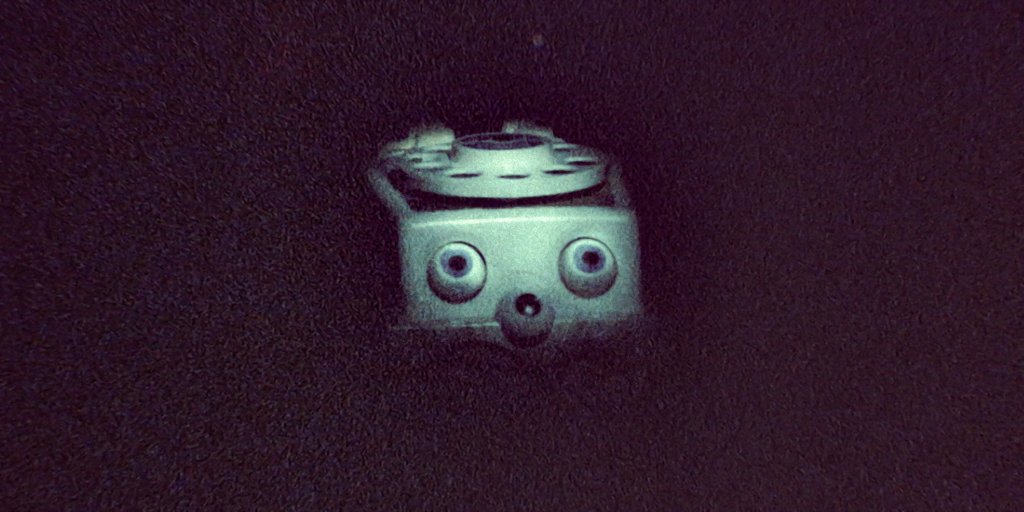

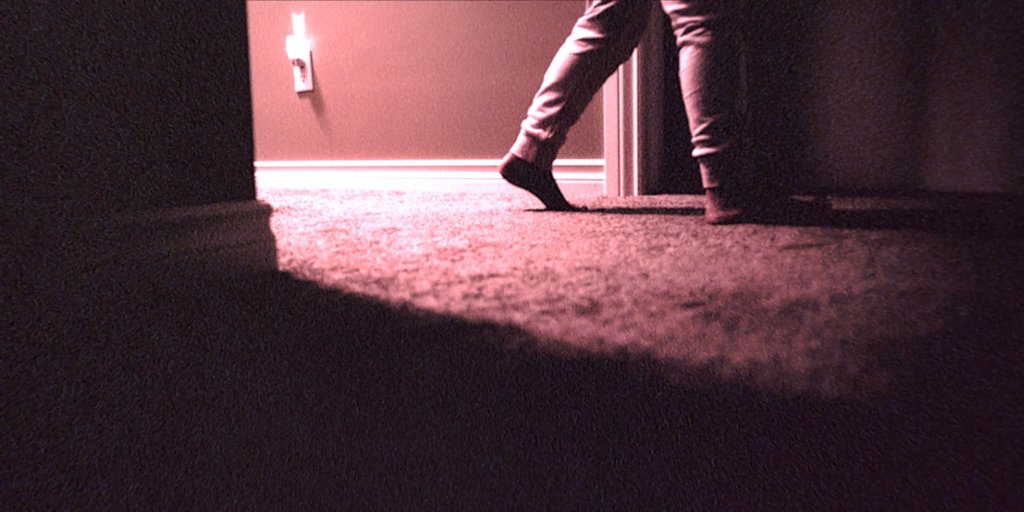
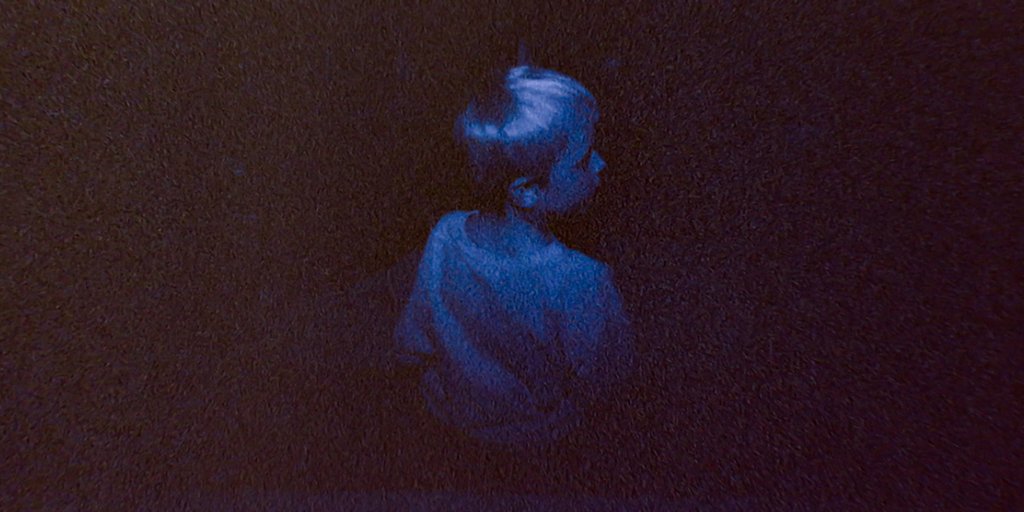
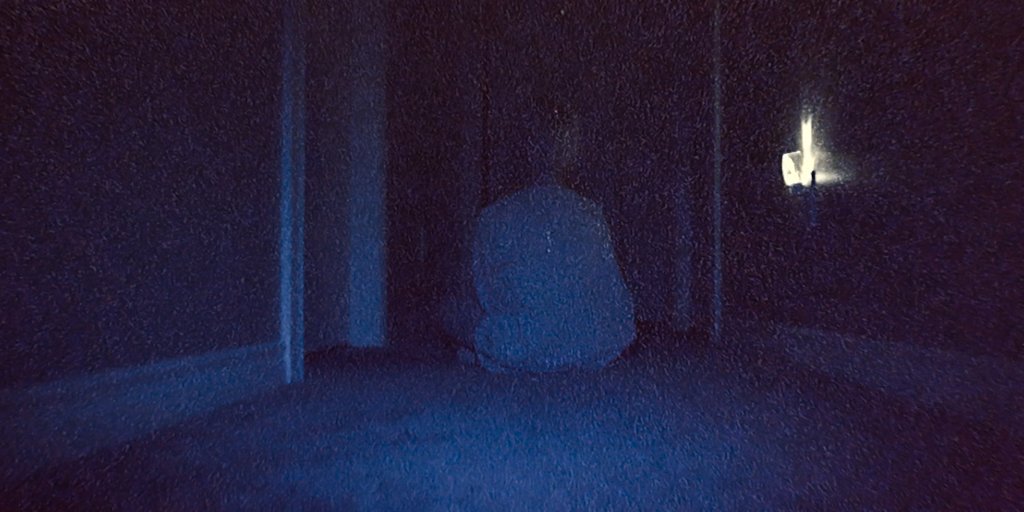
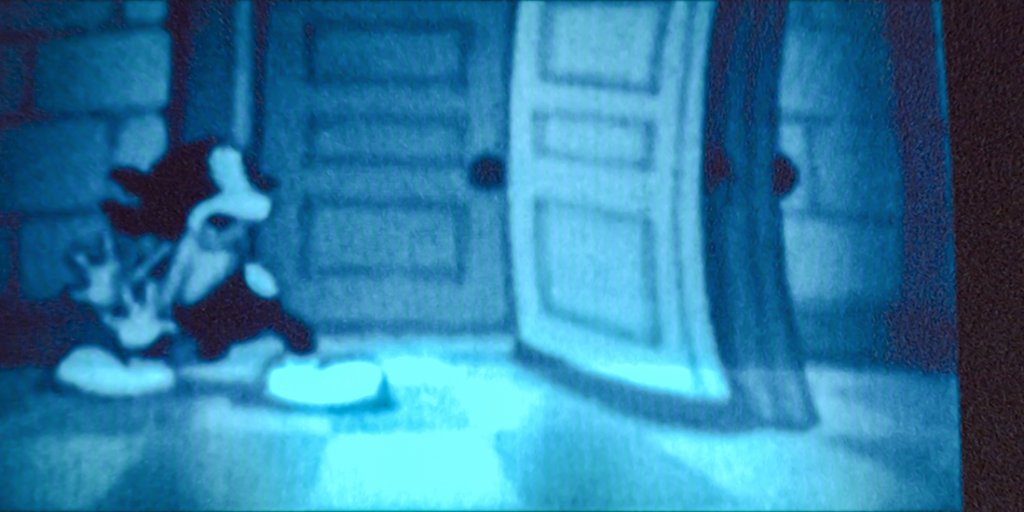
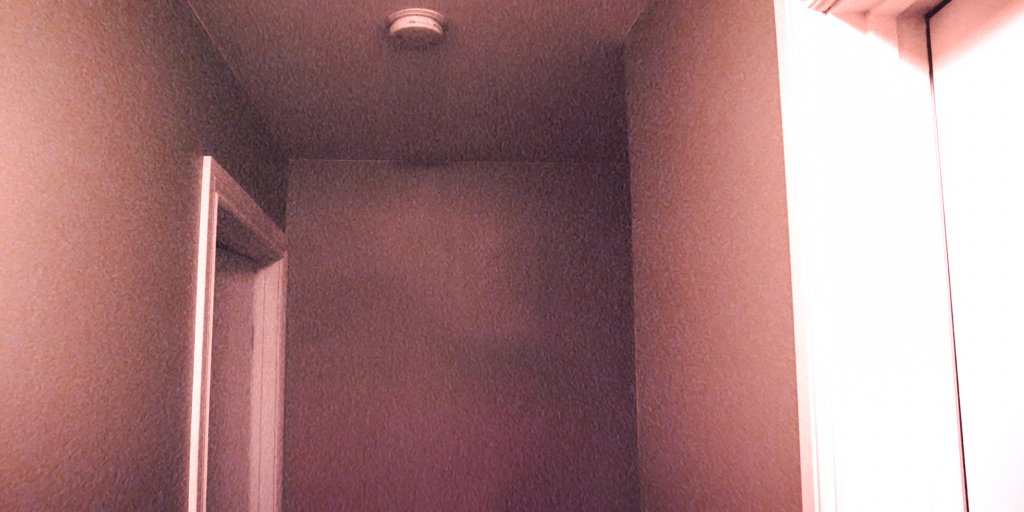

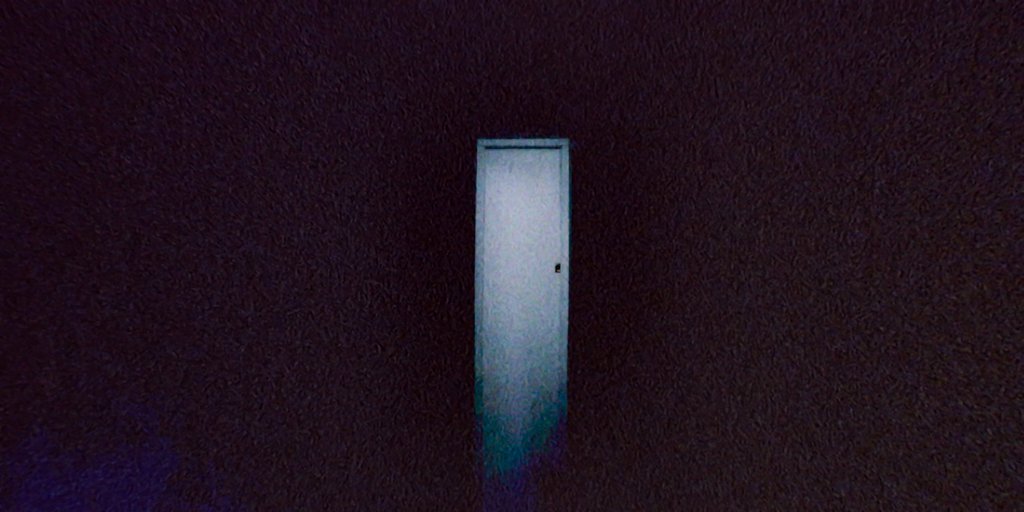
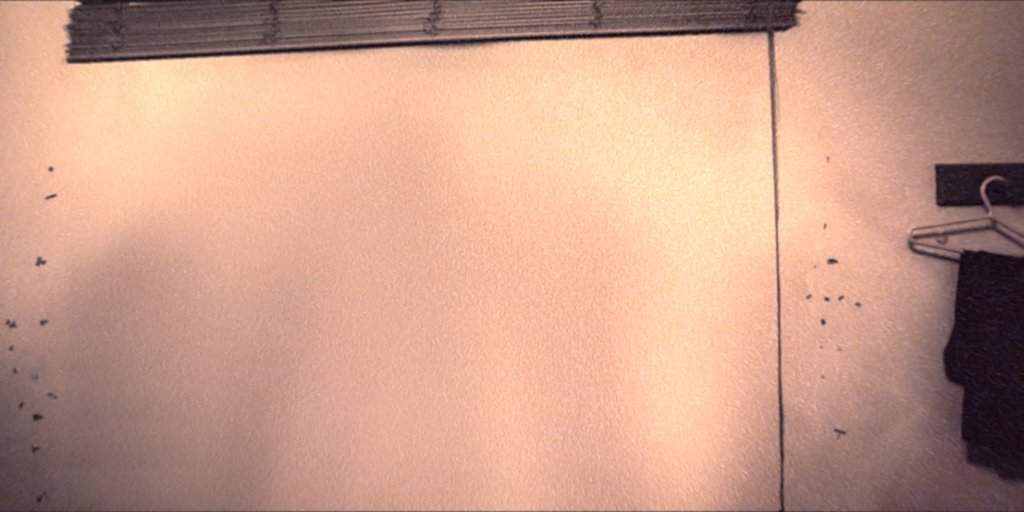
An impalpable dread can be sensed in a house when the two kids Kevin and Kaylee are home alone one night. Their father has disappeared an soon, they are confronted with eerie forces.
The grainy aesthetics of SKINAMARINK give the horror film a ghostly reality. The claustrophobic atmosphere is bolstered by the sound design. The muffled sound compels the audience to listen closely and pay special attention to the things being said. At the same time, some of them often sound too close so that you want to lean back. These contradictory acoustic leads set you in a constant state of leaning in and out and make you an active participant of the horror.
| Sat 16. Sept | Luru Kino in der Spinnerei |
| 10:30 PM | € 6,5 (5,5 reduced) |
Hommage | Martin Müller
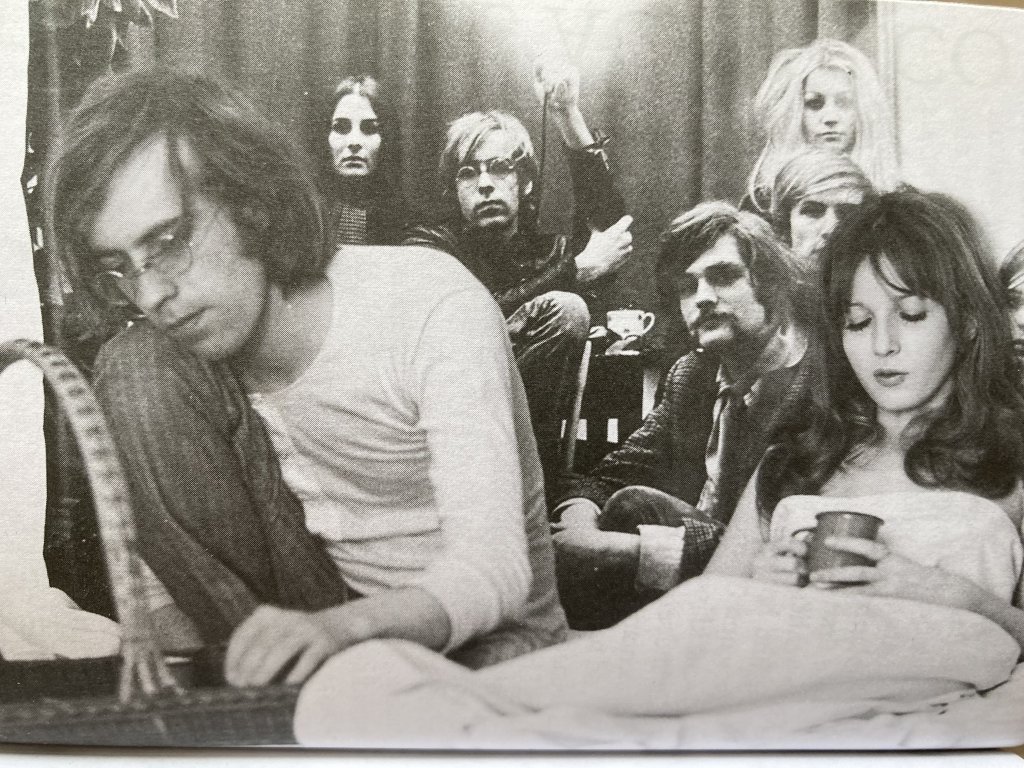

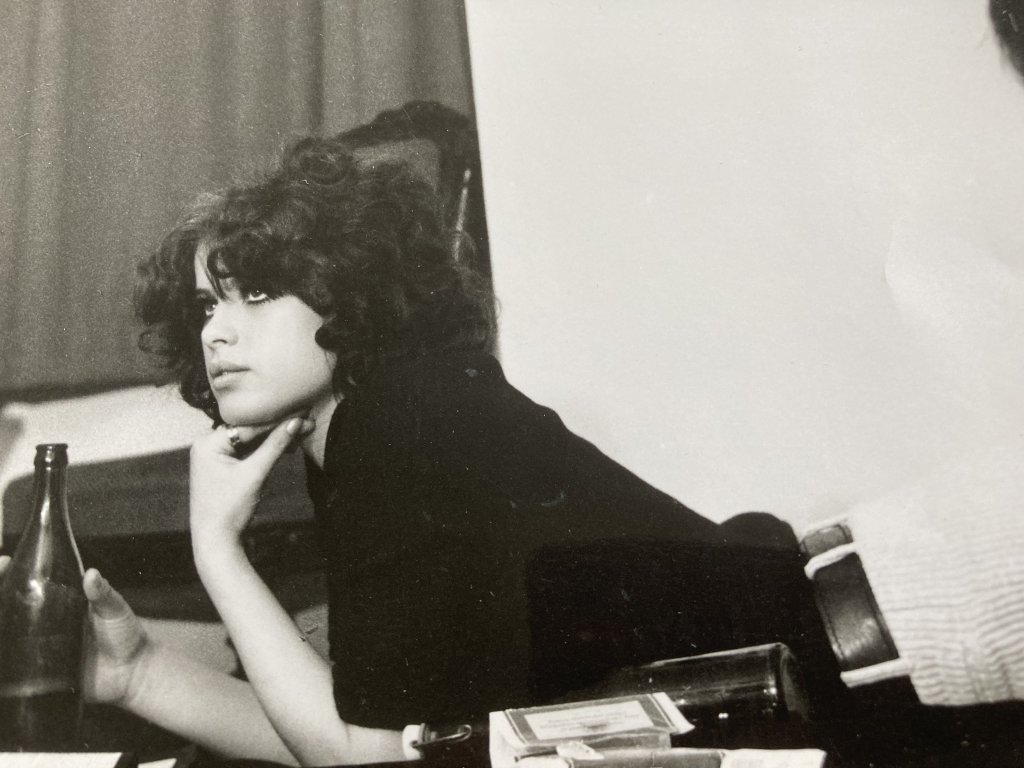
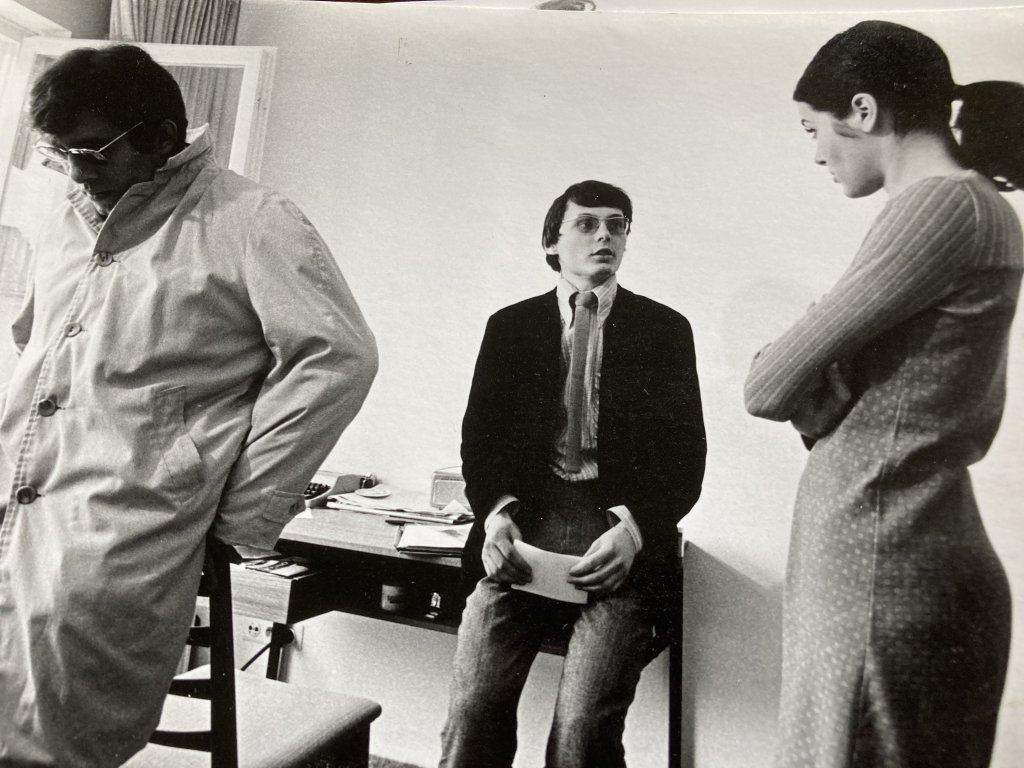

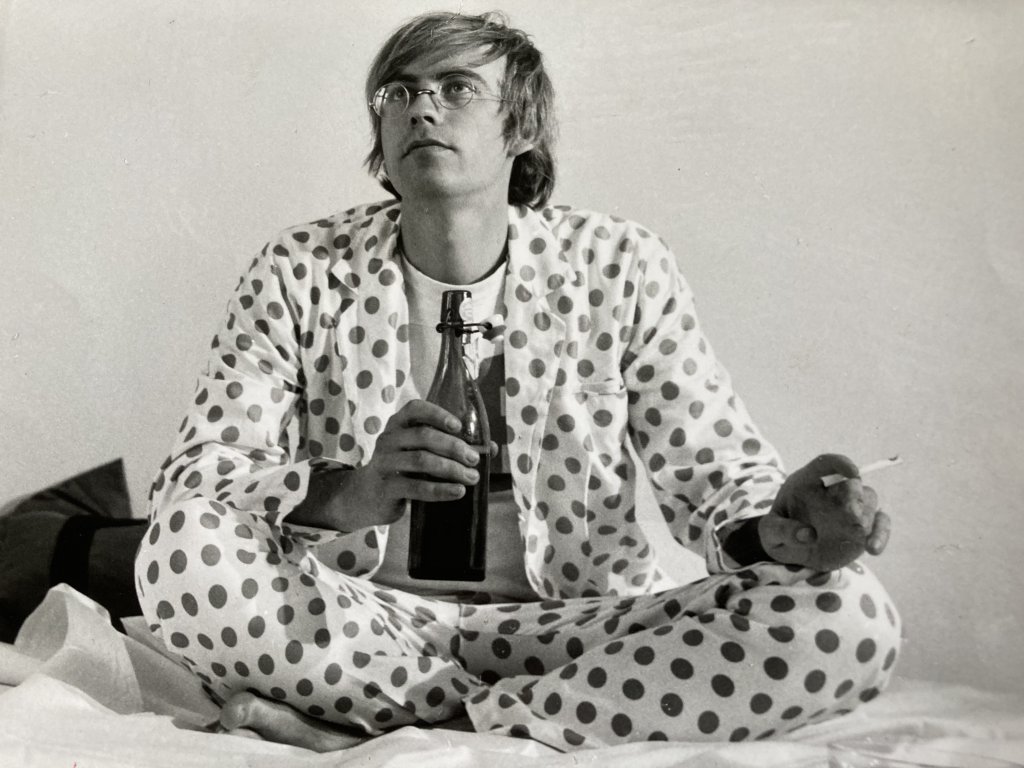
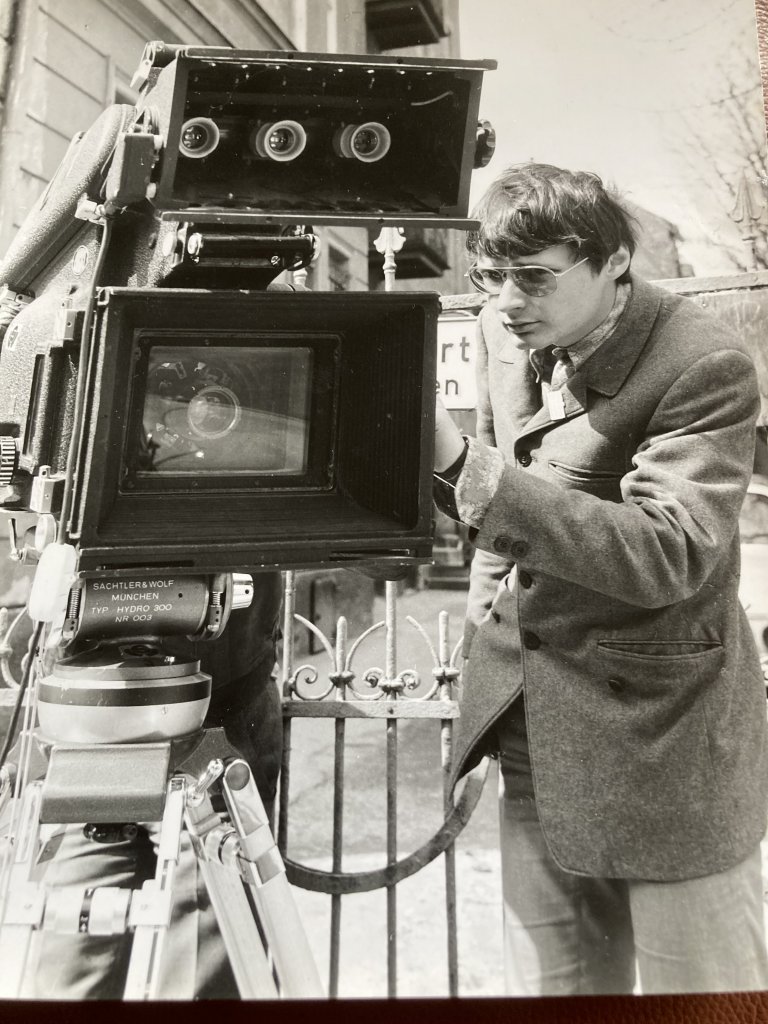
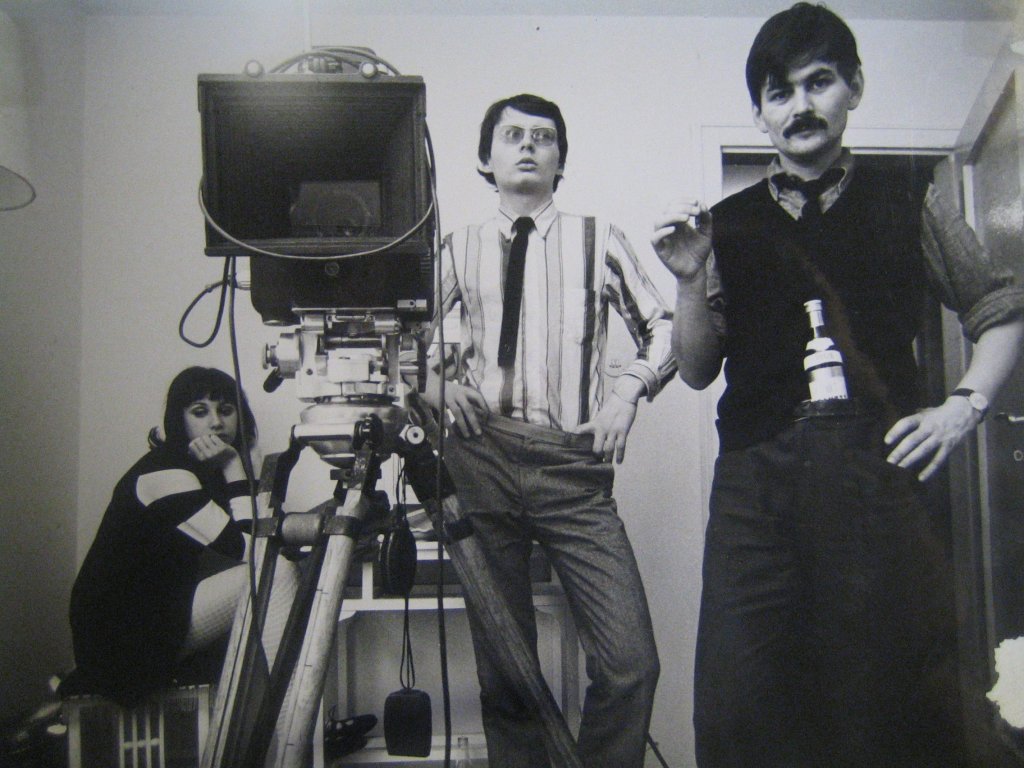
Today, Martin Müller (*1947 at Pausa/Vogtland) unfortunately is a widely unknown figure of German cinema. Partly, this is probably due to his small oeuvre – he made just under ten short and feature films between 1967 and 1982 (furthermore, he worked numerous times as assistant director and did sound for films) –, but has also something to do with the usual reception of the Oberhausen-group and New German Film. Overshadowed by Kluge, Schlöndorff, Wenders, Fassbinder and Co. up until today, there exist some of the most interesting filmmakers of that time. What is true for Müller, holds also true for the so-called Munich Group, whose youngest member he was. Between 1964 and 1972, young filmmakers like Klaus Lemke, Rudolf Thome, Max Zhilmann, Eckardt Schmidt – and on the periphery May Spils, Werner Enke and Maran Gosov – made films that contrast from both a dignified cinema of the big studios as well as from a political and pedagogic impetus of the self-appointed innovators of German film. Their cinema should come along casually, having to do with their own life and feelings. A modest, often funny contemporary cinema that proudly carried its aimlessness and trendlessness before itself.
ANATAHAN, ANATAHAN
DE 1968, D: Martin Müller, A: Veith von Fürstenberg, Klaus Lemke, Sonja Lindorf, Werner Enke, 50’, german OV, digital
The opening titles successively list the names of the participants without functions, mixing film crew and personal idols: Martin Müller, Bob Dylan, Veith von Fürstenberg, Amon Düül II, Sonja Lindorf. This shared flat of Schwabing listens to a lot of music – and lives with it.
They live without a thought for tomorrow, keep themselves afloat with minor roles (they have a standing for productions with long haired people), call one another from room to room when something is needed, plan a theatre play, whose text simply consists of a collage of ripped out pages from classics. In the end, all that remains from these intentions is the music part. Veith is “more successful” as he has shot a short film called ANATAHAN, ANATAHAN. In it, a slacker played by Werner Enke is roaming through the streets and absolutely refuses to pay for fruit and coffee. In his role of a German Hollywood director, the deceased outlaw-independent-auteur Klaus Lemke is impressed by this debut and promises Veith a career. As a young filmmaker who has made it across the pond with the alias of “Montogomery Hathaway”, he seizes on the Hollywood craze of the Munich Group with a wink. Desire, irony and the reality of everyday life merge in ANATAHAN, ANATAHAN. A forgotten masterpiece of nonconformist, West-German cinema beyond being a social problem film.
Introducing films:
THE CAPITULATION (DIE KAPITULATION)
DE 1967, R: Martin Müller, A: Katja Borsche, Klaus Lemke, Marran Gosov, 10’, german OV, 35mm
THE TIN SOLDIER (DER ZINNSOLDAT)
DE 1968, R: Martin Müller, A: Uschi Obermaier, Christian Fiedler, 11’, german OV, 35mm
OUR DOCTOR (UNSER DOKTOR)
DE 1970, D: Martin Müller, A: Martin Müller, Max Zhilmann, Veith von Fürstenberg, 10’, german OV, 35mm
The mid-length main film will be complemented by three short films by Müller that were made temporarily close to ANATAHAN, ANATAHAN and that stand for his playful dealing with the small form: THE CAPITULATION (1967), THE TIN SOLDIER (1968), and OUR DOCTOR (1970). The rare 35mm copies – unicums! – are provided by Bernhard Marsch, filmmaker and curator as well as founding member of the Cologne Filmclub 813 which is legendary among cinephiles. Like hardly anyone else, Marsch knows his way around the Munich Group and West-German cinema of the 1960ies to the 1980ies beyond Daddy’s, Wenders’ and Schlöndorff’s cinema. He will get into conversation with Müller and you about his work and the time of its creation.
| Sat 16. Sept | Luru Kino in der Spinnerei |
| 8 PM | In the presence of Martin Müller. In conversation with Bernhard Marsch (Filmclub 813 Cologne). € 6,5 (5,5 reduced) |
Retrospective | ANIMAL REALITIES
LE SANG DES BÊTES aka BLOOD OF THE BEASTS
FR 1949, D: Georges Franju, Doc, 23’, original with English subtitles, DCP
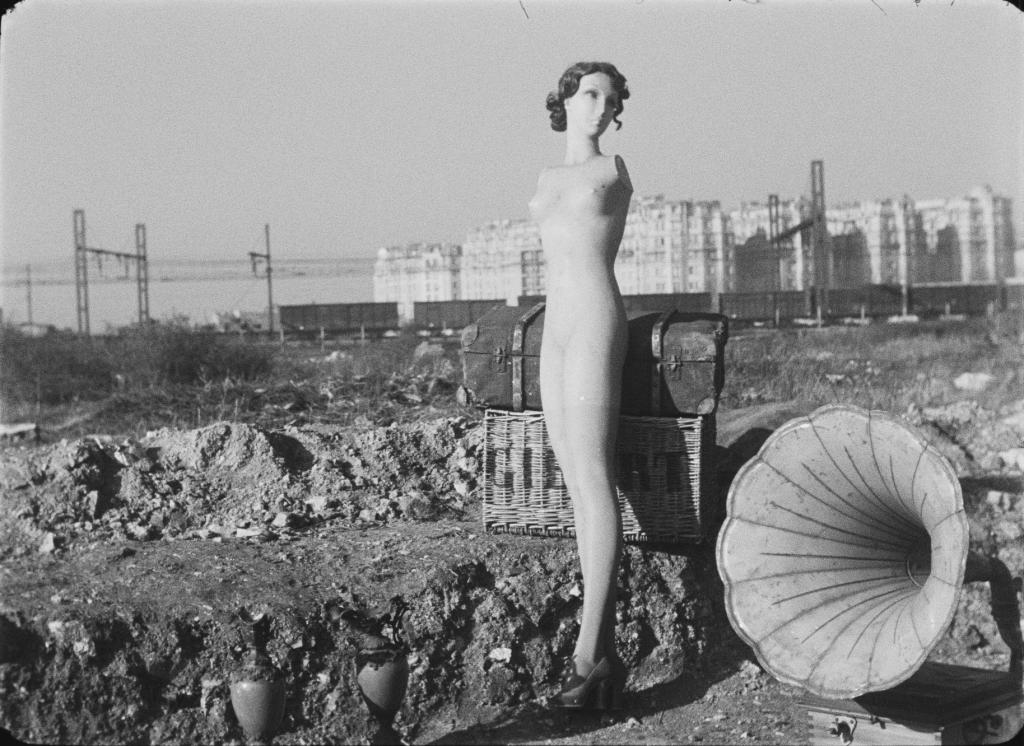
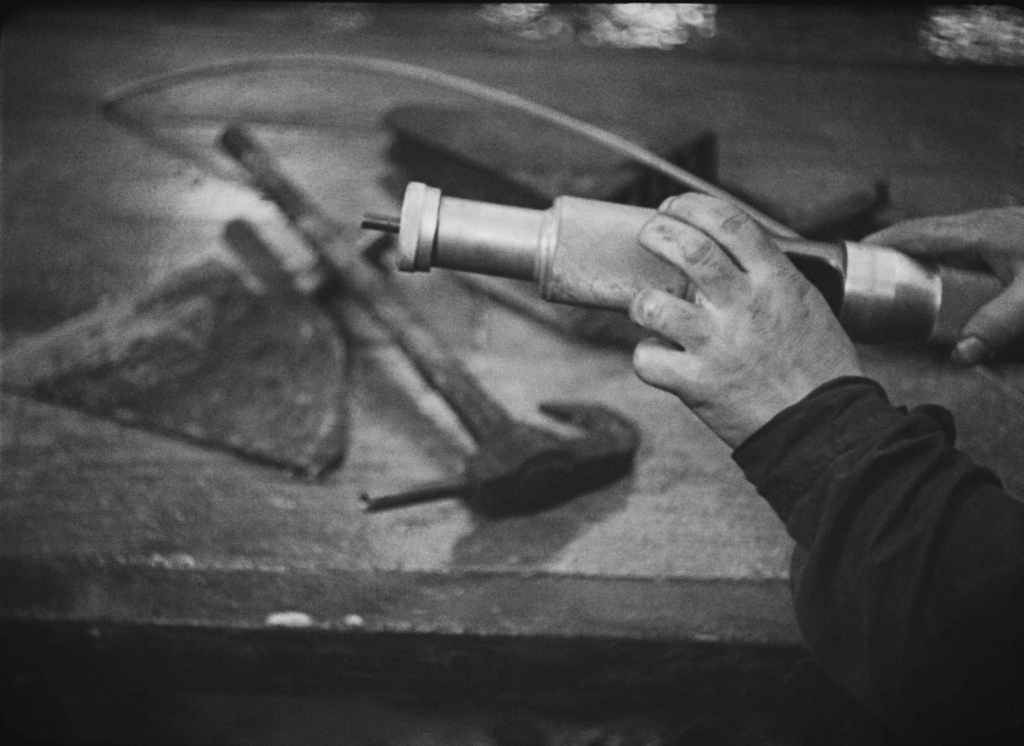
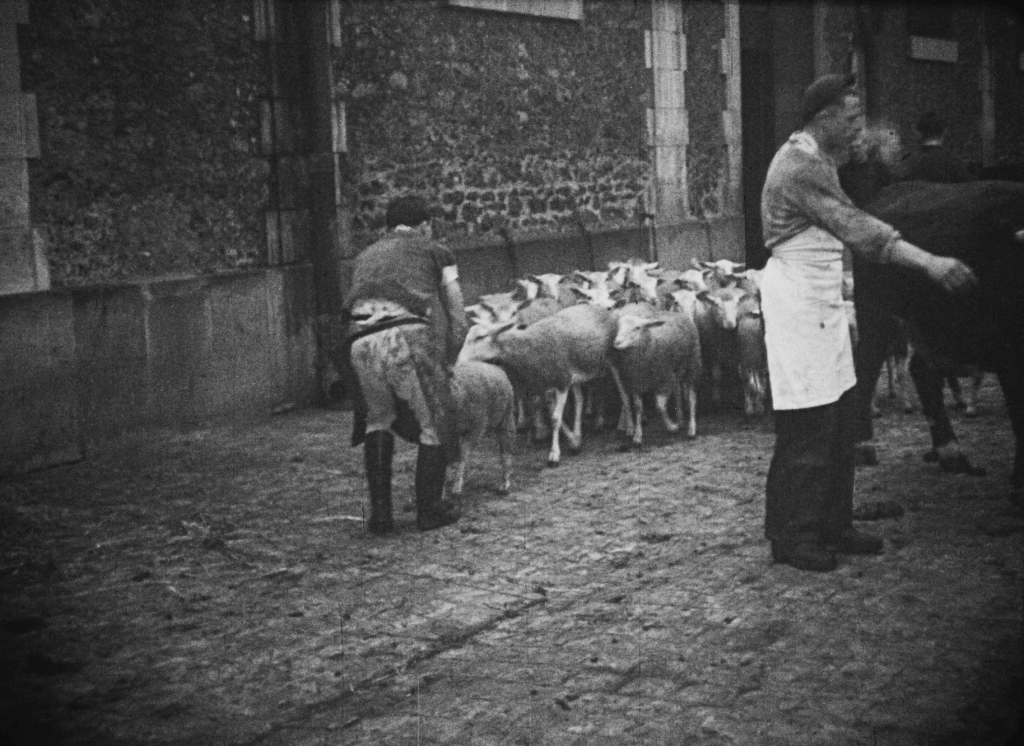
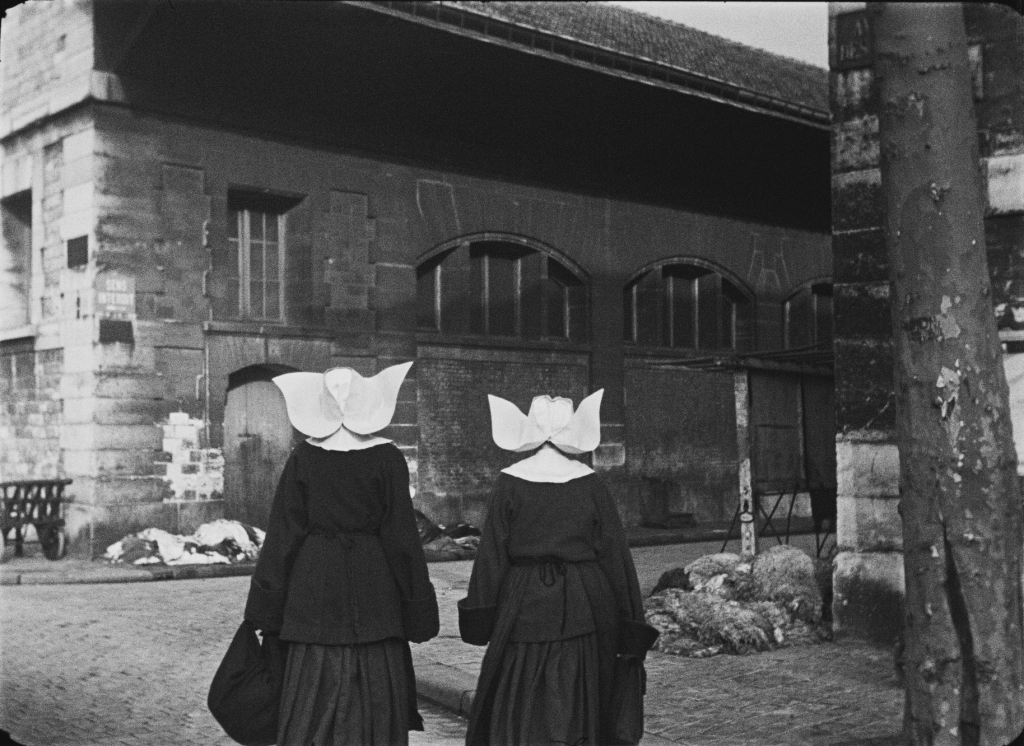
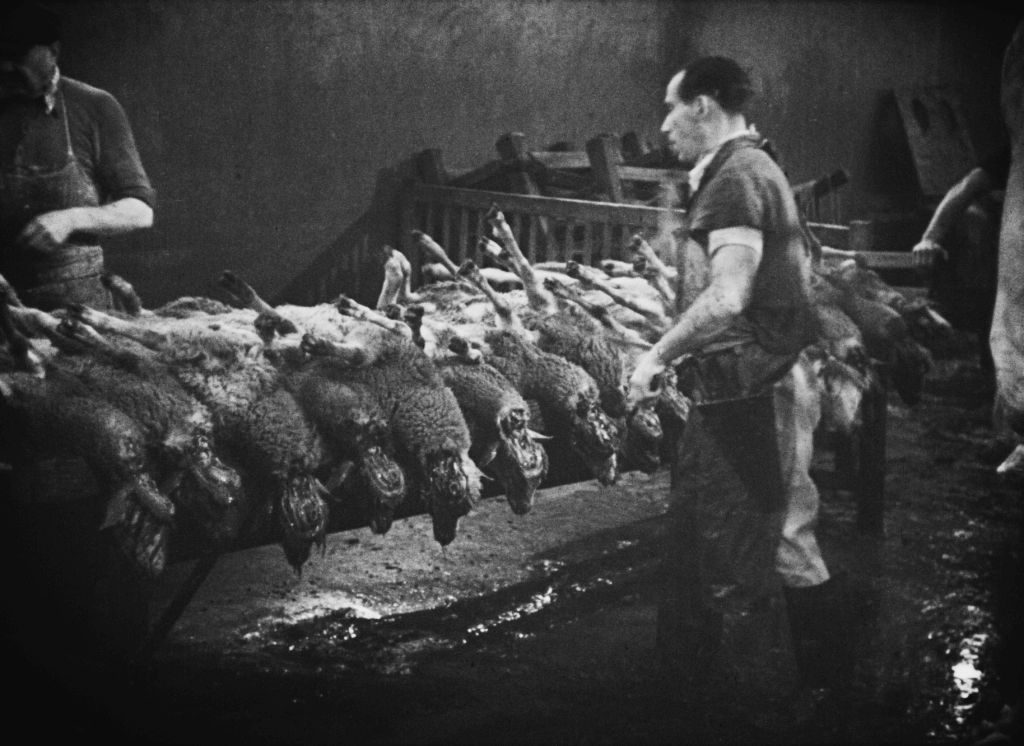




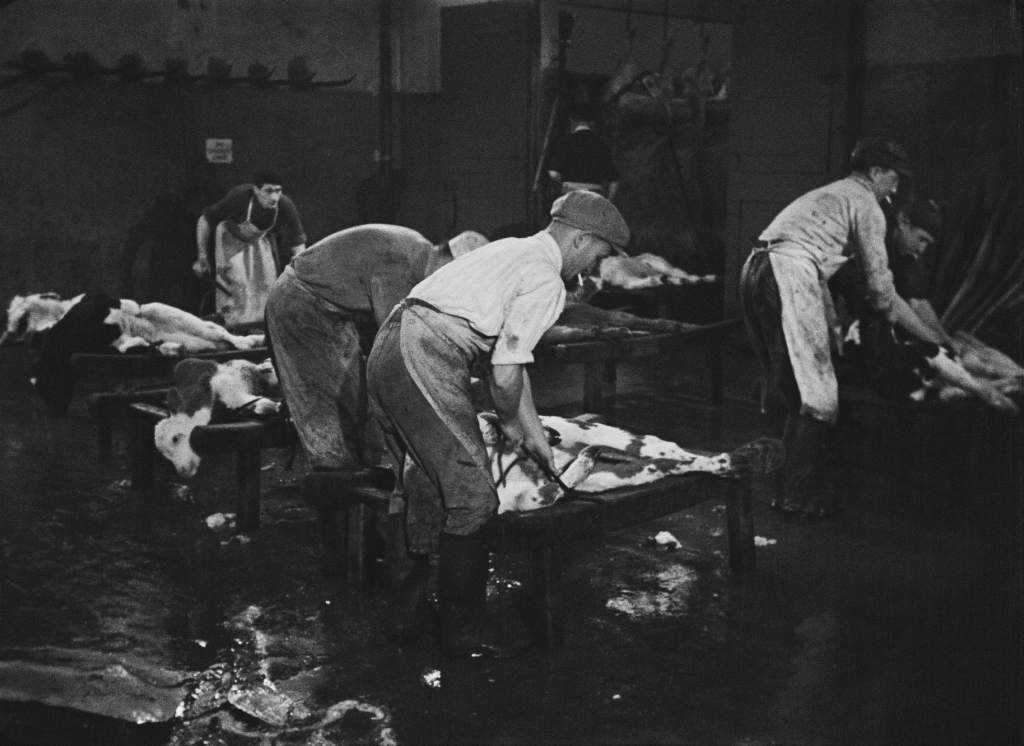
BLOOD OF THE BEASTS is the portrayal of the daily routines of Parisian slaughterhouses. The short film is equally interested in the intrinsic, aesthetic value that the black and white pictures extract from the detailed slaughterings as well as in the desperate situation of the animals.
LEVIATHAN
FR/UK/US 2012, D: Lucien Castaing-Taylor, Véréna Paraval, Doc, 87’, engl. OV with german subtitles, DCP
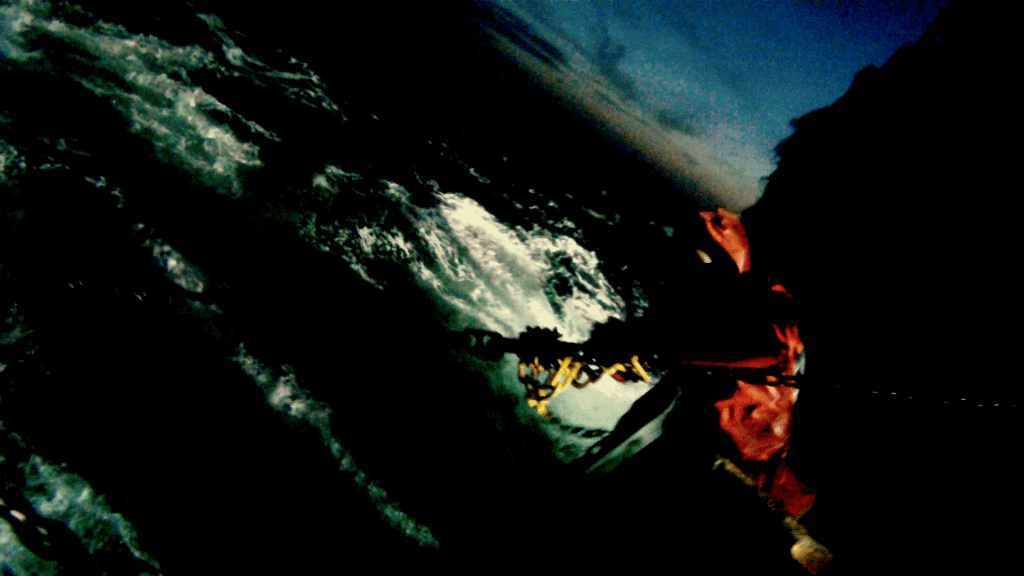
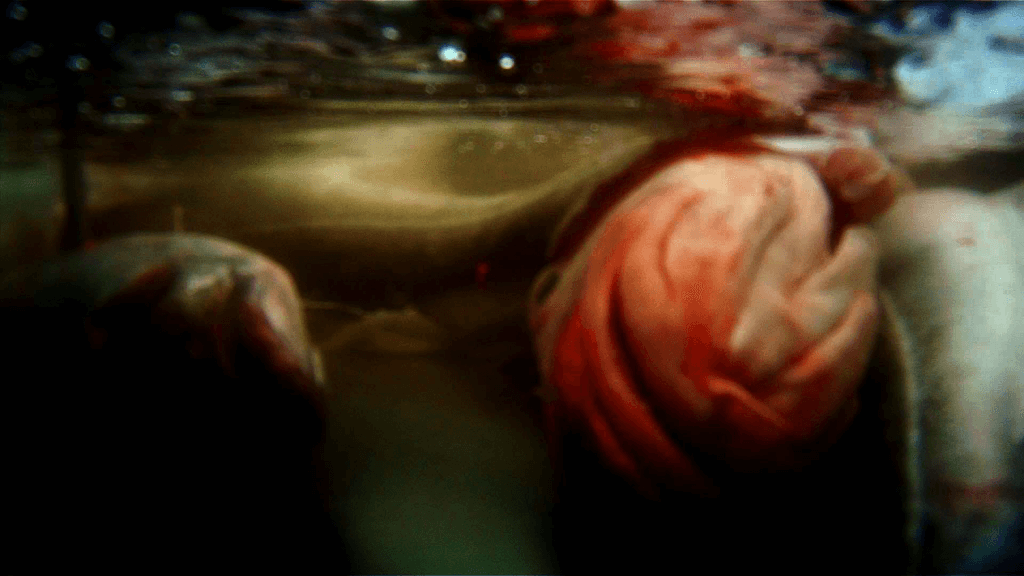
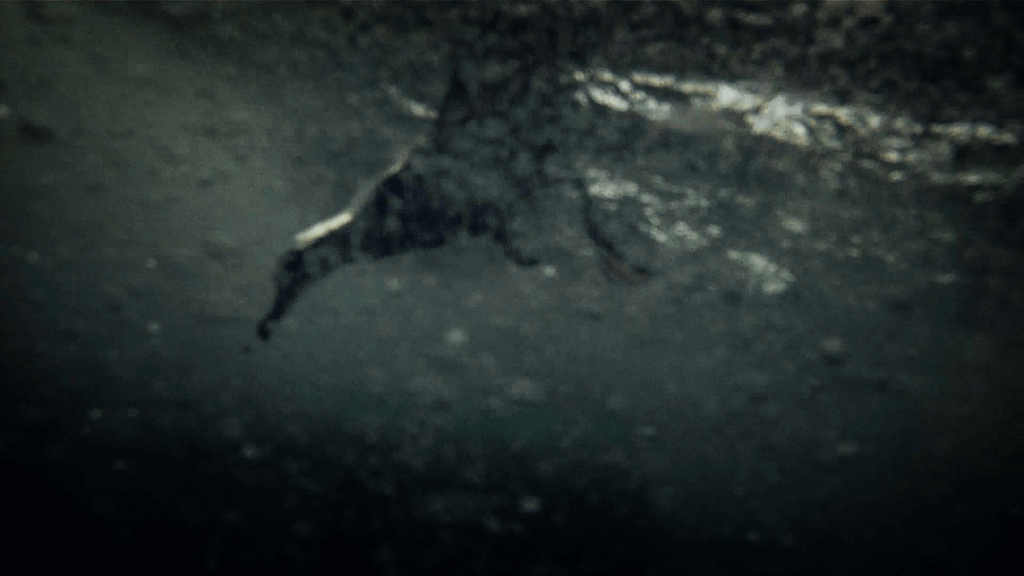
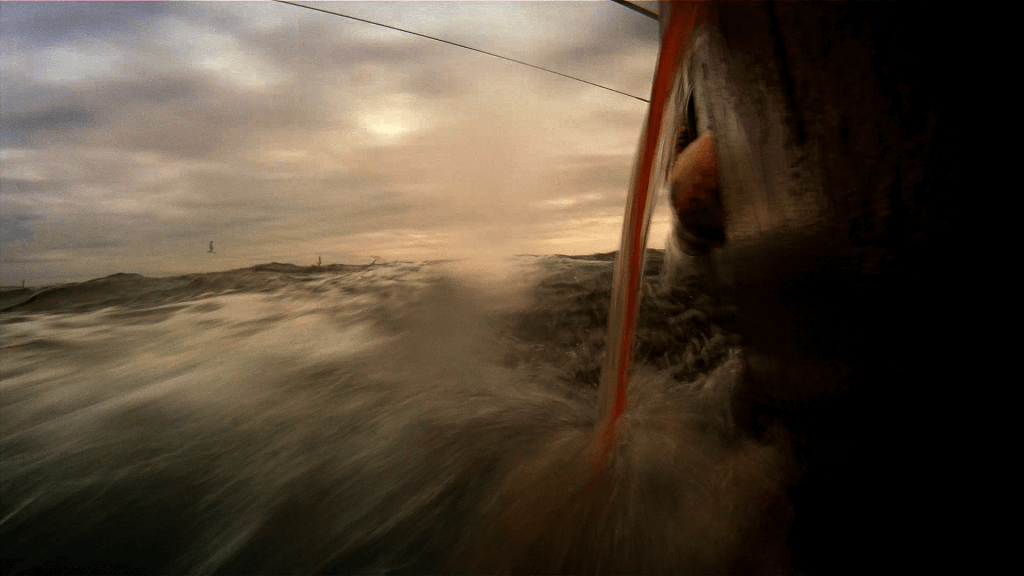
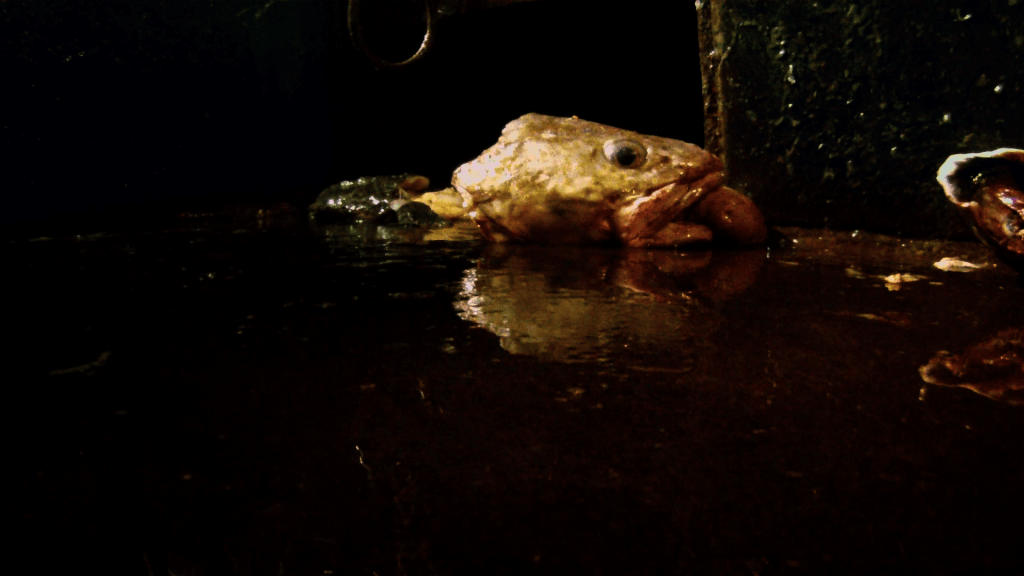
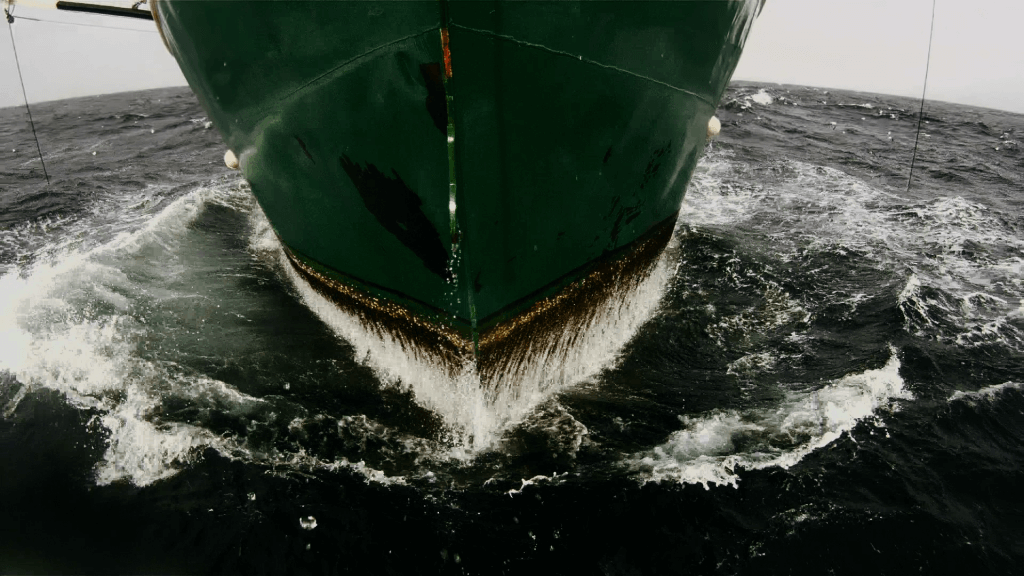
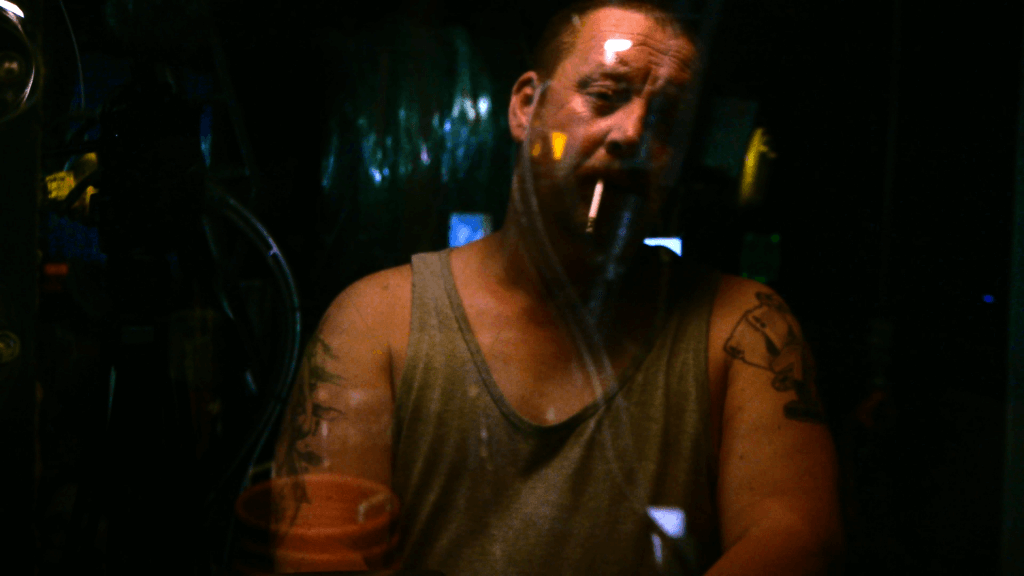
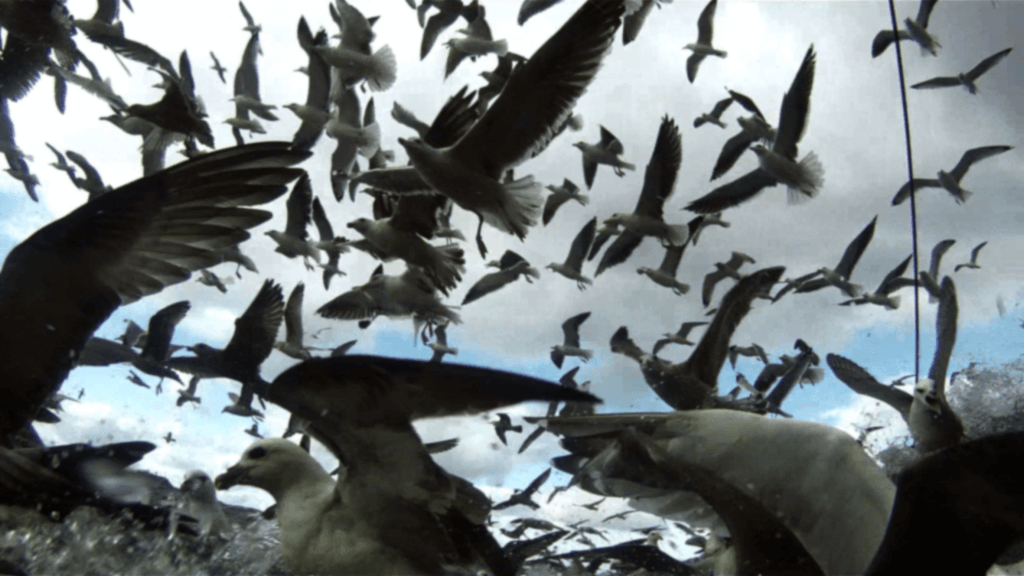

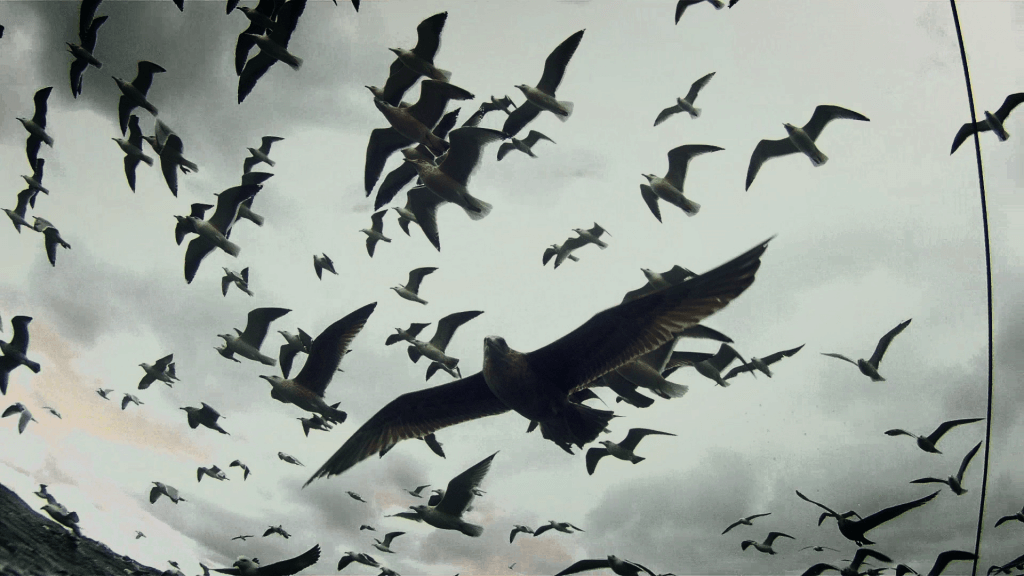
Likewise in LEVIATHAN, the film’s aesthetics enters into a dialogue with the portrayed food industry: at the centre is a high seas fishing boat, but what exactly there is to be seen and heard seems obscured. It is lesser about the understanding of the working processes but to a greater degree about a genuine cinematic experience of this extreme place, in which humans, animals and technology conflate into a kind of mystic symphony.
Sat 16. Sept | ANIMAL REALITIES Luru Kino in der Spinnerei |
| 6 PM | € 6,5 (5,5 reduced) |
Live score | Richard Siedhoff

GRASSI Museum Leipzig is home to the museum of musical instruments of the university. There, behind the screen of the big hall, a rarity of cinema history is towering: a cinema organ made by M. Welte & Söhne in 1929. The so-called Welte-organs were developed as accompanying instruments for silent films. With its multifarious pipe work, a whole orchestra can be imitated. Thus, sounds of oboes, kettledrums, trumpets and castanets can be heard, but also – and this is the actual spectacle: telephones ringing, funfair noises, ship sirens, locomotives and much more. A register of effects enables the musicians to accompany phenomena on screen with sounds that the audience knew from their everyday life that had become modern.



Composed of more than a thousand pieces, the cinema organ of Leipzig was elaborately restored in 2006. Today, only few of the often discarded or war-damaged organs exist – most likely still in film museum contexts, unfortunately only used seldom. In cooperation with GRASSI Museum, GEGENkino wants to revive this venerable as well as impressive cultural technique and at the same time, interlock it with a film culture with which it was originally not connected in any way: the transgressive US underground cinema of the 1980ies.
BEGOTTEN
US 1989, D: E. Elias Merhige, A: Brian Salzberg, Donna Dempsey, Stephen Charles Barry, 72’, without dialog and projected, 16mm


E. Elias Merhige’s (*1959 at New York) low budget film BEGOTTEN is a key work of the post-classic, semi-narrative experimental cinema. In grainy black and white pictures – they seem like they were found on a blurred VHS tape – a fever dream rolls by in front of our eyes. Without verbal intervention, we are catapulted into a shadowy world, in which figures with (depending on interpretation) ancient or otherworldly costumes shuffle through crater landscapes, practice rituals and mutually hurt one another. The sound level of the film is strongly withdrawn compared to the stunning visuality – it consists of a tapestry of drone and other sounds that loosely search for analogies to the things shown. Therefore: obvious to dare a tonal reinterpretation! Doing this with the cinema organ, every button can be pressed: from romantically orchestral support of the pictorial mysticism up to alienating use of the effect registers, everything is possible – and welcome. Director Merhige on our concept: “The combination of the historical cinema organ, a renowned artist like Richard Siedhoff, and my film has the potential to create a unique and profound experience for the audience. (…) It’s truly fascinating and I applaud their innovative spirit.”
SCHENEC-TADY III
DE 1976, D: Heinz Emigholz, 20’, silent, 16mm
Concerning the opening film, we also break new grounds: Heinz Emigholz’s (*1948 at Achim) SCHENEC-TADY III is usually allocated to structuralist films – a conception of film that attends to the cinematic nitty gritty time and space with a mathematical rigour. The way Emigholz’s film arranges silent black and white pictures of a clearing and intervenes in them is not a dry experiment but little short of expressionism on screen.
The pianist and organist Richard Siedhoff accompanies silent films with his own compositions and improvisations in renowned film institutions like International Silent Filmfestival Bonn, Weimar Silentfilm Retrospective and Zeughauskino Berlin. Actually specialised in historical performance practices, he will now divert the cinema organ and push the boundaries of its tonal varieties. Not enough: the analogue-savvy musician will put up his two 16mm-projectors – a pure analogue evening!
| Fri 15. Sept | Grassi Museum |
| 8 PM | € 12 presale / € 14 box office |






